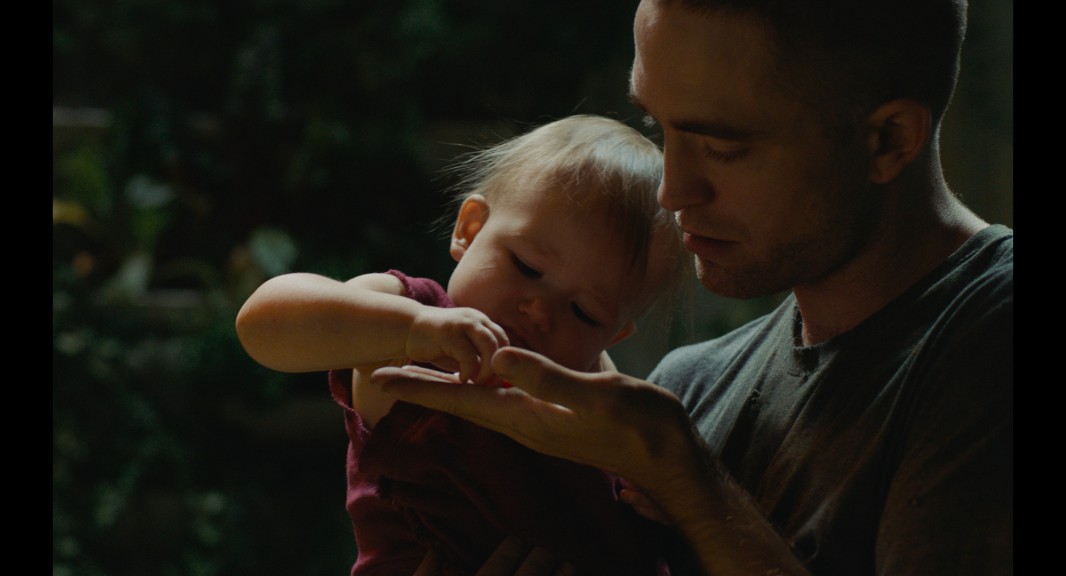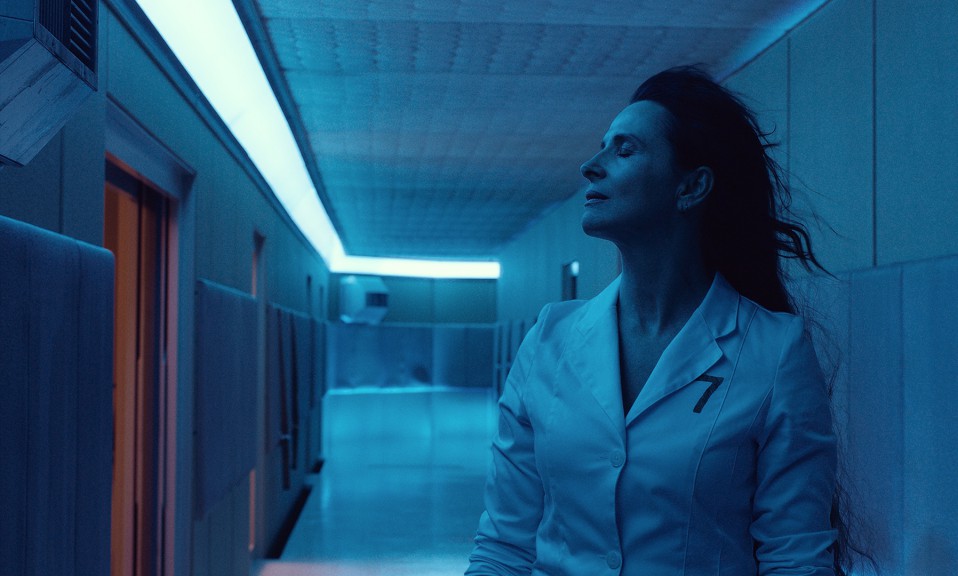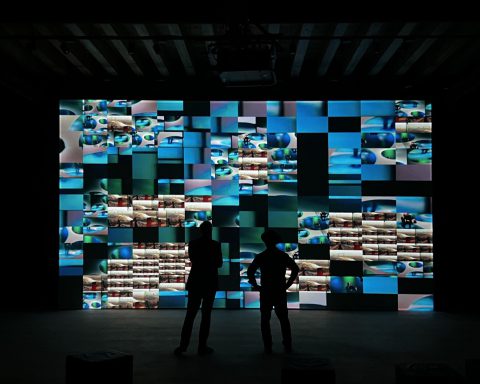The oppressive, inky blackness of outer space as backdrop, High Life starts with protagonist Monte (Robert Pattinson) doing maintenance work on the boxy vessel that propels him ever further into the unknown. He hears an infant through a baby monitor screaming into his helmet, the only fellow passenger left on the ship.

Due to the film’s non-linear narrative structure, we only find out later into it how these two became the last inhabitants of the “7,” the only identifier of the ship that is printed on the hull. Evidently, High Life is not very keen on telling us about these passengers as characters.
High Life wants to ruminate on what it would mean for humans to leave their earthly humanity behind, for thousands of kilometers each hour, with a growing certainty that there is no return.
This is the central idea surrounding the often disturbing, elaborate concepts of the movie. All passengers aboard the “7” are convicted criminals whose last chance at redemption was presented to them in the form of a space exploration endeavor. While the initial pitch for the project did not highlight the inevitability of the trip’s one-way route, the crew quickly realize their fate and process it through their individually troubled minds. Director Claire Denis does not hesitate to show the ugliness that inevitably ensues under this premise.
Juliette Binoche – the director’s fellow countrywoman and frequent collaborator – embodies the most fervent and compelling of these convicts. Her character, Dr. Dibs, is a psychotic scientist who murdered both her children and her husband, and who has her own special mission: She attempts to force a pregnancy among the passengers in spite of the vessel’s high radiation impact from cosmic rays, and without their knowledge.
Her increasingly drastic, sensually disturbing methods and practices in this mission culminate into the fuckbox device. This crassly termed room is one which every character has access to and, unbeknownst to them, helps Dr. Dibs harness the fluids she requires for her experiments. If this sentence rubs you the wrong way, you are in good company and Denis is probably happy to hear it.
High Life often depends on the more unpleasant feelings that film can generate in its audience.
The central questions it poses – what constitutes your humanity, how much of it is created through interpersonal relations, what you lose when sacrificing interaction, human contact, intimacy – are all unpleasant ones to personally explore. The only space action the film allows the viewers to see underpins its ambitions, by tackling these questions in a clever metaphysical representation: The main purpose of the vessel is to test and evaluate the possibilities of harnessing energy from a black hole as theorized by the Penrose Process.

In navigating a shuttle through a loop just before being sucked into the hole, the pilot literally threads the needle between nothingness and a new frontier for humanity, between release to death and the opening of a new world. What happens in High Life during this experiment is the scientific effect of spaghettification, wherein a subject’s particles are stretched to infinity, inevitably killing everything that is subjected to it in a painful, brutal manner.
The disturbing action and special effects play as the logical, dreadful result of humanity stretching itself so thin in its ambitions that it causes literal, visceral bloodshed.
High Life offers a multitude of these compelling notions on screen, often in similarly uncomfortable images and sounds. But for anyone interested in ruminating on what might lie beneath the boundaries of humanity we take for granted, as painful and disturbing as it might be, watching Denis’s foray into the void will be a trip worth your while.










